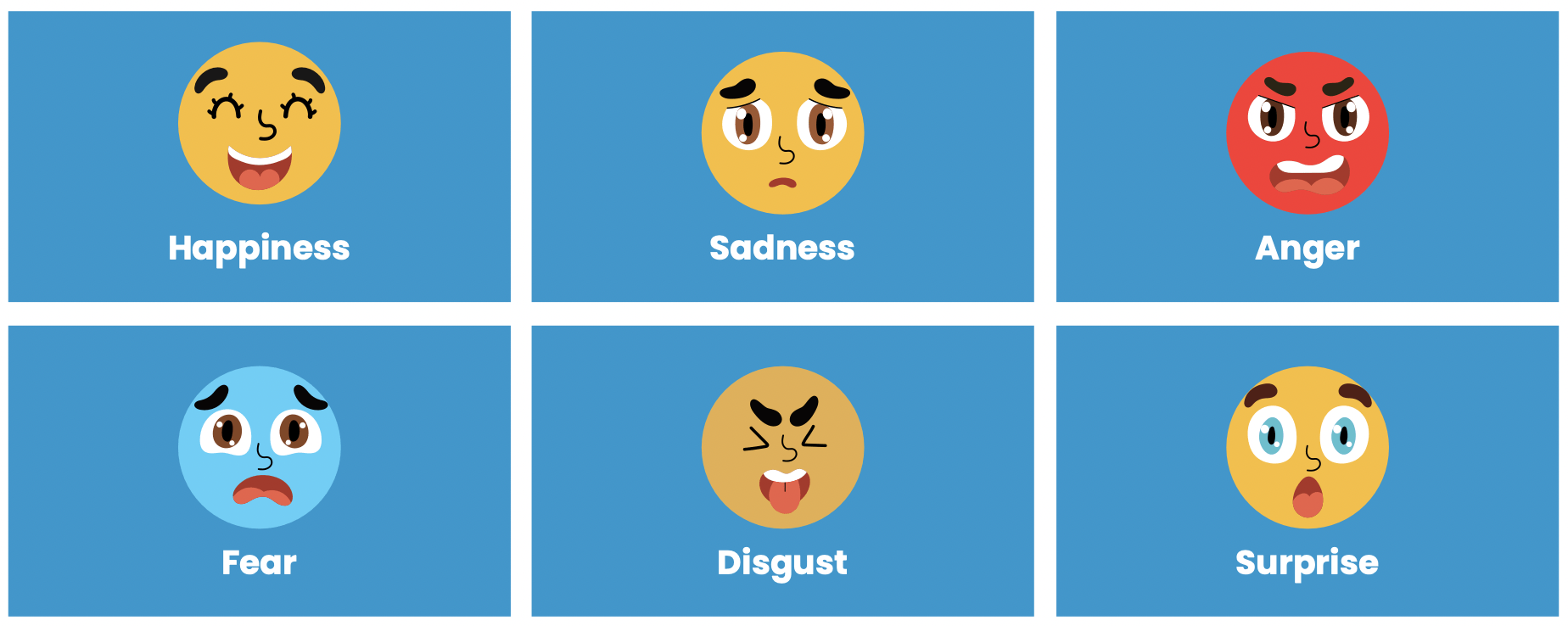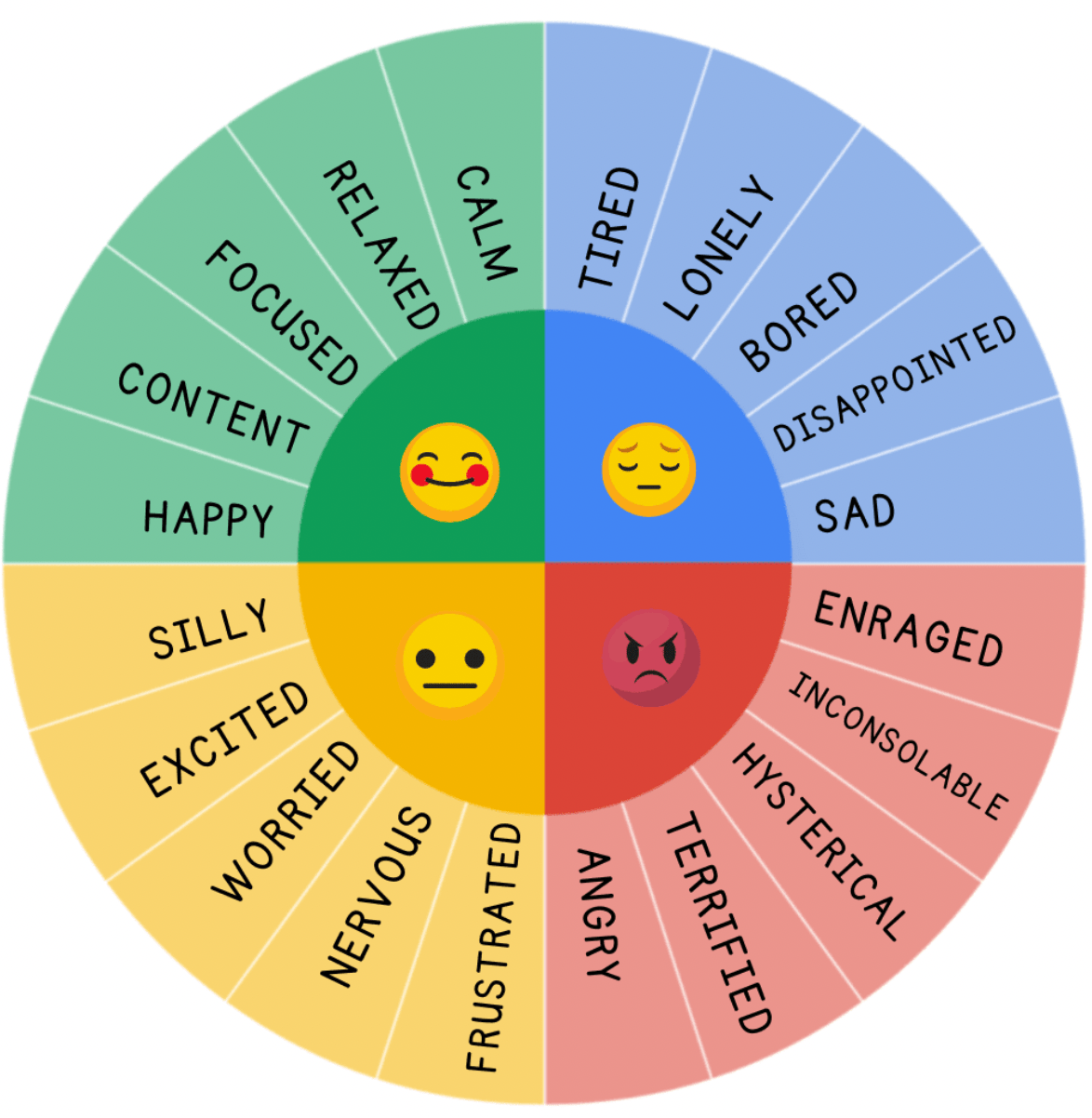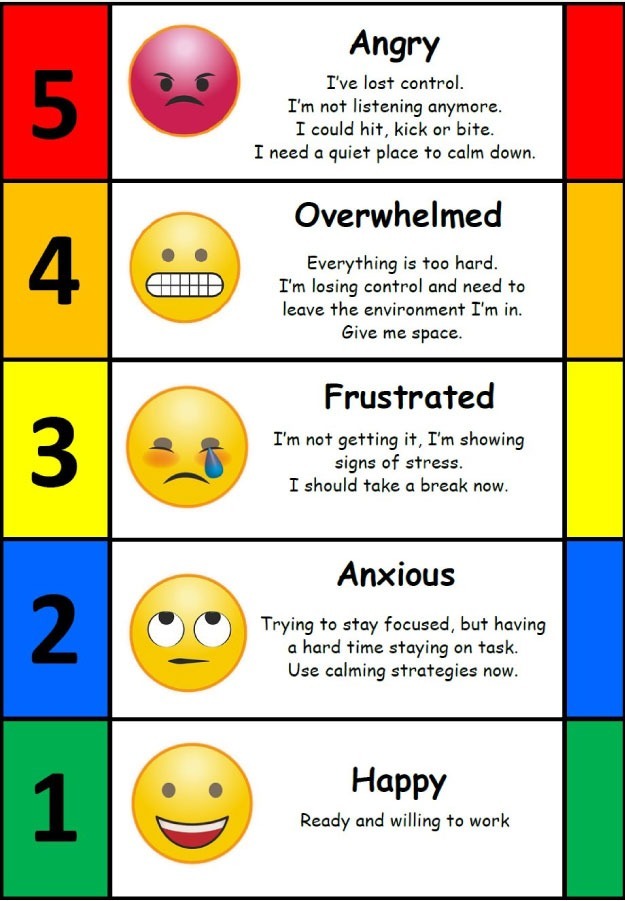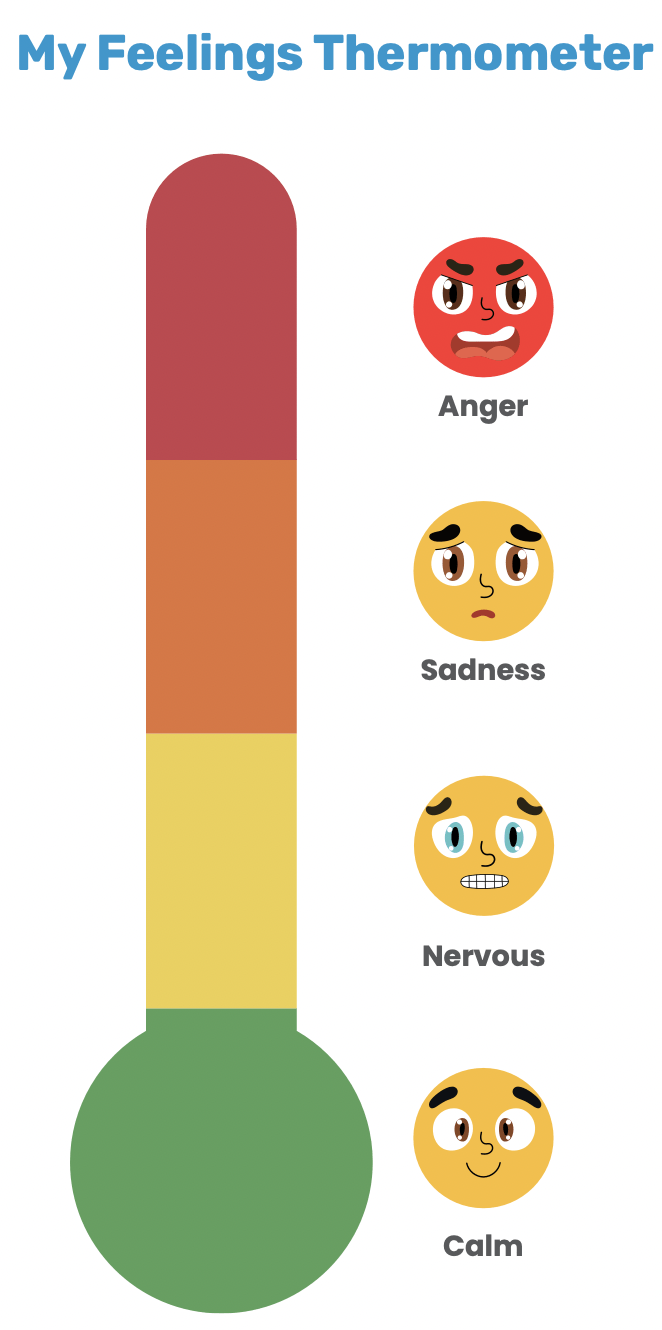Teaching Young Children to Identify Emotions
Introduction
Understanding emotions is key to getting along with others. When we can identify our own feelings, it helps us express ourselves clearly and manage our emotions effectively. Similarly, recognising others’ emotions allows us to respond to them in a socially appropriate way.
This article will focus on recognising emotions in other people and ourselves as the basis for learning emotional regulation. We’ll discuss strategies for managing emotions in another article.
Understanding Autism and Emotions
Children with autism often find it challenging to recognise and understand emotions, whether it’s reading facial expressions, body language, or tone of voice. This can make it difficult for them to identify and express their own feelings, leading to anger, frustration, or meltdowns.
They might also interpret all negative emotions as anger or even experience these emotions physically, like feeling hot or breathless. Additionally, they might overlook positive emotions like excitement or simplify complex feelings by calling them ‘boredom.’
These challenges also affect how they understand and respond to other people’s emotions. They might not notice when someone is confused or upset, or they might mistakenly think that someone’s distress is anger directed at them.
Recognising emotions is important for getting along with others. The first step is helping children notice these emotions in others and then teaching them to recognise those same emotions in themselves.
Research shows that with the right activities and support, autistic children and adults can learn to understand and respond to emotions better, leading to improved social interactions.
Recognising Emotions
Start with the basic emotions: anger, disgust, fear, happiness, sadness, and surprise. As the child progresses, introduce other more complex emotions such as frustration, disappointment and excitement with tools such as the modified feelings wheel.

6 types of basic emotions according to Paul Ekman – Calmerry

Modified Feelings Wheel for Children – he’s-extraordinary
Here are some practical tools and strategies that can make this learning process easier:
Emotion Tools:
Emotions and Feelings Visual Cards for Learning
2. Social Stories and Comic Strip Conversations: These tools explain social situations to autistic children through social stories or comics. Incorporating feelings into these stories can help your child understand emotions better.
I feel like Preschool social story about emotions
Use Everyday Interactions:
1. Label emotions: As you go about your day, point out emotions that you and your child encounter. For example, when reading a book or watching TV, you might say, “Look, Sara’s smiling. She’s happy.”
2. Notice your child’s emotions: Help your child recognise their own feelings by pointing them out. For instance, “You’re smiling. You must be happy.”
3. Express your own emotions: Show your child how you feel by emphasising your emotions. For example, “I am SO excited! Give me a high five.”
4. Body awareness: Help your child connect emotions with physical sensations. For instance, “You look nervous. Do you have a funny feeling in your tummy?”
Interoception is the key to managing our own emotions and behaviours independently.
For people with autism, interoception can be too sensitive or not sensitive enough. To understand more about interoception, please go to our article on Interoception and Self-Awareness in Autism
Games and Activities:
- Draw emotions: Draw a picture of the body to show where people feel emotions, like sweaty palms or a faster heartbeat. You can also encourage your child to draw how they’re feeling.
- Turn it into a game: Use games like emotions bingo or charades, where you act out emotions which your child then needs to guess through your facial expressions. (Check out Emotions Activities for more fun ideas)
- Role-playing: Role-playing is a great way to explore emotions with your child. Use dress-ups, pretend play, or dolls and puppets to help them express and discuss feelings. They might find it easier to talk about how dolly feels rather than their own emotions. Ask questions like, “How do you think dolly feels?” or “Why might dolly be sad today?”
- Messy play, drawing, or painting: These activities allow children to express their emotions creatively.
- Puppet play, dancing, and music: These fun activities help children act out and understand different feelings.
Understanding the Intensity of Emotions
Once your child has learnt to identify some basic emotions, the next step is to introduce the concept of the intensity of emotions.
Tools like a ladder picture, thermometer, or Likert scale (1 to 5) help children describe their emotions more accurately. For instance, a 1 on the Likert scale means they aren’t sad, while a 5 means they’re extremely sad.
This helps children move from recognising emotions to understanding their intensity. For example, draw a ladder with five rungs:
- Not angry — everything is OK.
- A little angry — l ike forgetting homework.
- Moderately angry — when someone plays a mean joke.
- Very angry — when someone pushes me on purpose.
- Extremely angry — like a volcano ready to explode when someone rips up my work.
Ask your child to point to the rung that best describes their feeling. You can use emojis for labels (e.g., a smiley face for rung 1, an angry face for rung 5) or a thermometer with levels instead of a ladder.


Understanding the Accepting Emotions
You can support this understanding by explaining how thoughts can lead to feelings. For example, you could draw a picture of a balloon and say, “If you see a balloon and think it might pop, you might feel scared. But if you think it’s just floating nicely, you might feel happy instead.”
Another helpful tool is using comic strip conversations. These show characters with different facial expressions and thought bubbles, helping your child connect emotions with thoughts and behaviour. For instance, draw stick figures of your child and a friend, using different colours to show what they’re thinking, saying, and feeling.
Social stories are also valuable in helping your child understand when and why they feel certain emotions. These stories can be personalised to reflect your child’s daily experiences, making them more aware of situations that trigger certain feelings. This awareness allows them to better manage their emotions when similar situations arise.
It’s also important for your child to know that everyone experiences a wide range of emotions. You can explain, “It’s normal to feel happy, sad, excited, or jealous. Sometimes feelings are big, and sometimes they’re small. All these feelings are OK.” It might also help to remind them that big feelings will pass with time.
Conclusion
To wrap up, helping young autistic children identify and understand emotions is the first step towards learning how to manage their feelings. When children can recognise their own emotions and those of others, it makes it easier for them to get along with people. We’ll talk more about how to manage emotions in other articles.
Resources and Further Reading
2. Kari Dunn Baron. The Incredible 5-point Scale
3. Maria Davis-Pierre (2022) Helping Children With Autism Connect With Emotions. PBS Kids
4. Raising Children Network (2022). Recognising, understanding and managing emotions: autistic children and teenagers.
5. Raising Children Network (2023) Emotions and Play.
6. TPT. Free and paid downloadable resources for teaching children about emotions

